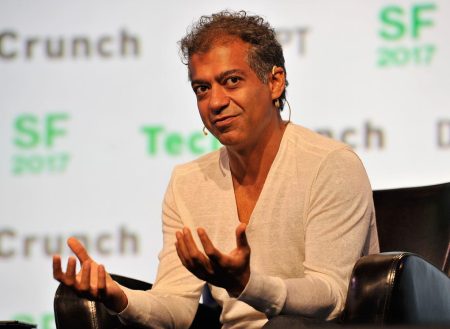Last fall, I attended a workshop and spotted a young woman wearing the most beautiful shawl. I asked her where she got it and she said, “I made it myself.” When I asked her if I could pay her to make me one, she replied, “It took me about 250 hours. It would be very expensive plus the materials.” She inspired me to take a lesson at a local craft store. After attending an initial 90-minute lesson, the instructor sent the class on our way to finish our scarves.
Since I knew I was making mistakes, I returned to the store twice to have them set me straight and get me on the right track. But I didn’t want to make a scarf. I wanted to make sweaters and shawls! A few weeks later I was having coffee with a friend in her 60s who showed me a photo of the sweater she made for her granddaughter. It was lovely. She told me she has been knitting since she learned at age eight.
I told her my knitting story and realized, “I don’t have time to learn how to knit.”
Knowing When To Walk Away
It gave me peace to realize I don’t have time to learn how to knit sweaters. I was reminded of the book “Quit: The Power of Knowing When To Walk Away,” by Annie Duke, a former professional poker player. She talks at length about how society rewards being persistent and staying with something rather than quitting. Quitters are considered losers. Duke explains that we can reframe quitting as an opportunity to better use our time, energy, and focus. When we do so, we have the permission to move onto something else. Duke said she wrote “Quit” because “I think that the stopping things part of the equation is very neglected.”
In contrast, Angela Duckworth wrote a popular book called “Grit: The Passion and Power of Perseverance.Duckworth argues in her book, “Success is less about talent and more about a combination of passion and perseverance.” She calls this combination grit. Duckworth encourages readers to cultivate long-term dedication to their goals, overcome setbacks, and maintain a growth mindset to achieve excellence.
The most important lesson from “Grit” for me was the emphasis on having a growth mindset. Duckworth distinguishes between a growth mindset, which is focused on improving versus a fixed mindset focused on proving yourself and not making mistakes. Having a growth mindset is about improving yourself yet accepting those aspects that no longer serve you.
But I decided my life runway is too short to learn how to knit sweaters. I was not enjoying the process – mainly because it was going to take me too long to learn the skills needed to accomplish my goal. Since I have other hobbies where I can apply a growth mindset such as photography, I could spend more time learning and improving. In fact, I signed up for a photography tour in Guatemala next fall. This allows me to use my equipment, practice my Spanish, and travel to a place that has been on my wish list for a long time. As Duke would say, stopping learning how to knit gives me an opportunity to better use my time and energy.
Tips For Quitting The Right Things/How To Quit Like A Pro
So I am not going to be a knitter. And I don’t feel like a quitter. The key lessons from Duke’s book reminds me:
- Quitting is a Skill, Not a Failure – Society often glorifies perseverance, but knowing when to quit is essential for long-term success.
- Sunk Cost Fallacy Leads to Bad Decisions – Your investment of time, money, or effort doesn’t mean you should stick with it if it no longer interests you.
- Opportunity Cost Matters – Every moment you spend on one pursuit is a moment you are not spending on something that could be more enjoyable.
- Avoid Identity Traps – Sometimes, we resist quitting a job or task because we tie our identity to a certain path. Separate what you do from who you are.
- Quitting Can Be a Competitive Advantage – Duke believes in poker, business, and life, the best players fold bad hands early rather than trying to force a win.
Carol Orsborn, a writer and expert on aging, tends to focus on wisdom, balance, and meaning rather than traditional notions of productivity. Her work often challenges the idea that productivity is about efficiency and output. Instead, she emphasizes the importance of intuition, personal fulfillment, and integrating work with a deeper sense of purpose—especially as people age.
Orsborn encourages people to shift from a purely goal-oriented mindset to one that values reflection, life experience, and authenticity. She suggests that true productivity isn’t just about doing more but about doing what truly matters. What are you doing now that does not bring you joy? What do you enjoy that you would like to spend more time doing? Now might be time to be a quitter!
Read the full article here









